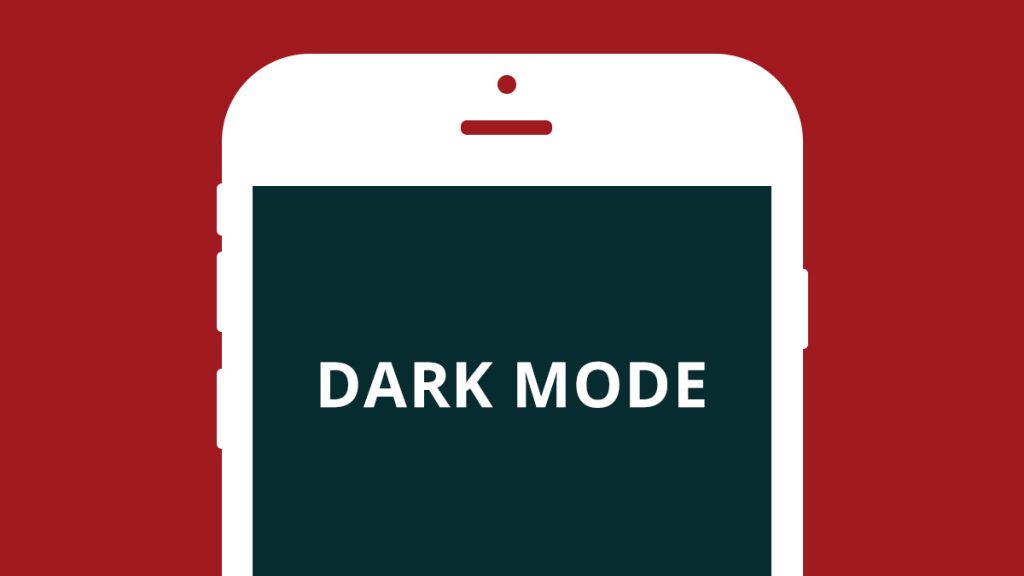Guest poster, Hans Knoechel, was part of the core Titanium team at Axway Appcelerator for 3.5 years. In 2018, he became the founder and CEO of Lambus, a collaborative platform to plan group travel in real time. You can follow him on Twitter at @hansemannnn or on Github at https://github.com/hansemannn.
This blog describes how you can implement full support for iOS 13+ dark mode in Titanium. It works for both semantic colors and images. The project can be found in Github here.

The Magic
This project includes a CLI hook that generates semantic colors and images for the iOS Asset Catalog based on a JSON file of colors that can even be used cross-platform and is backwards compatible. It hooks into the SDK process between generating the asset catalog and compiling the app, so you can even change colors between builds without the need of clean-building the app again.
Requirements
The following project- and OS-requirements are necessary:
- Xcode 11+
- Asset Catalog enabled
- iOS 13+ (will fallback to
#000000if called from older devices) - Titanium SDK 8.0.0+
- A CLI plugin to hook into the asset catalog to generate the semantic colors
- A JSON file to curate the color styles
Installation
- Copy the contents of the plugin/ directory (
colors) to<project>/plugins - Link the
colorsplugin in your tiapp.xml:<ti:app> <!-- ... --> <plugins> <!-- ... --> <plugin version="1.0">colors</plugin> </plugins> </ti:app>
- Link the native
ti.darkmodemodule to your project like any other native module - Alloy: Copy your color JSON file to
<project>/app/assets/json/colors.json - Classic: Copy your color JSON file to
<project>/Resources/json/colors.json - For semantic images, make sure they are following the following scheme (
-darksuffix):# Default (Light) image.png image@2x.png image@3x.png # Dark image-dark.png image-dark@2x.png image-dark@3x.png
- Map the colors on runtime for older devices or Android (this is just an example of how this could look like):
function initializeColors() { const colors = Alloy.Globals.colors = JSON.parse(Ti.Filesystem.getFile('json/colors.json').read()); const darkmode = OS_ANDROID ? undefined : require('ti.darkmode'); for (const color of Object.keys(colors)) { Alloy.CFG.styles[color] = Utils.isiOSVersionOrGreater(13) ? darkmode.fetch(color) : colors[color].light; } // Use your colors like the following myLabel.backgroundColor = Alloy.CFG.styles.backgroundColor }
To dos
- This may break incremental builds, since we generate files to the build dir that are not tracked by the CLI so far
- Make all color-setters ready to receive a
TiColorinstance (see this pull request for details)

Follow us on social